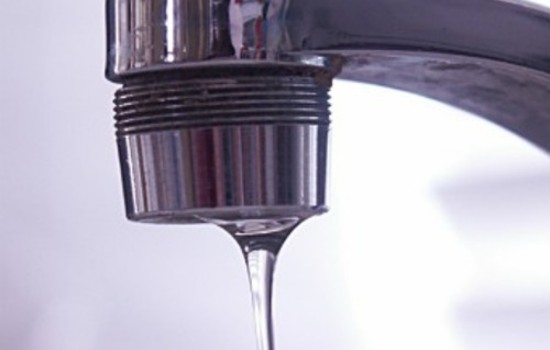The Environmental Protection Agency (EPA) reports that the average American family of four uses about 400 gallons of water a day. Efficient appliances and fixtures can help, but a little care and common sense go a long way toward minimizing waste. Here are 9 tips for reducing water consumption at home.
1. Turn off faucets. Start saving by breaking a bad habit: Never let faucet water run needlessly as you wash or rinse dishes, wash your hands or face, brush your teeth or shave. Bathroom faucets run at about 2 gallons of water a minute, according to the EPA. Turn off the tap while you brush your teeth and shave, and you can save hundreds of gallons a month.
2. Be sure to fix leaks. A slow drip from a leaking faucet can waste as much as 20 gallons of water a day. A leaky toilet can waste 200 gallons a day. To check for a leaking toilet tank, add food coloring to your tank after it completely fills. No color should migrate to the bowl.
3. Double-dip dishes. Take a page from the past and make smart use of dual sinks. Instead of letting the water run while you wash dishes, fill one sink with hot, soapy water for washing, and the other with cool, clear water for rinsing. You’ll use half the water you otherwise would, according to the EPA. If your sink is a single model, use two large bowls for washing and rinsing.
4. Consider a smaller dishwasher. Today’s modern, efficient dishwashers can save a great deal of water. Scrape dishes instead of rinsing them before loading, and you’ll save up to 10 gallons a load.
You should run only full loads. If you generally have small loads to wash, consider buying a double-drawer model. The drawers, which use less than 2 gallons of water each, work independently, saving water, energy and detergent.
5. Buy a high-efficiency washer. The average American family washes about 300 loads of laundry each year. Clothes washing accounts for more than 20 percent of residential indoor water use.
As a rule, front-loading machines use less water than top-loading machines. But whether you’re shopping for a front- or top-loading washer, to save the most water, look for an Energy Star–certified machine. These machines use about 40 percent less water than regular washers. The key to their savings is that the tub does not get filled up; clothing is flipped and spun through streams of water and repeated high-pressure spraying.
6. Reduce-flow your toilets. Toilets account for nearly 30 percent of an average home’s indoor water consumption. Newer, EPA WaterSense-certified toilets use just 1.28 to 1.6 gallons of water per flush. Dual-flush toilets use even less water, but they are pricey. However, any home can save water by returning to the trick used by a previous generation – displacement of water in the tank. A 2-quart juice container, weighted with gravel, filled with water, and placed in the tank saves 1/2 gallon per flush.
7. Low-flow your showers. Showering accounts for about 25 percent of household indoor water use — 10 minutes each, for the average family of four uses 100 gallons a day. To save water here, replace a regular showerhead, which uses 2½ gallons a minute, with a WaterSense-certified showerhead, which uses 2 gallons a minute or less while offering the same or better shower performance. That average family would use 20 gallons less each day.
8. Cover up. Pool covers can be a pool owner’s best friend. Not only does a cover retain a heated pool’s temperature, but it reduces evaporation. The Department of Energy reports that a pool cover cuts the amount of replacement water needed by 30 to 50 percent.
9. Capture rainwater. Find ways to save and store rainwater for use in the garden. Using a 55-gallon drum, which catches roof water from gutters and downspouts, is one easy way. Remember to cover your barrels to keep mosquitoes at bay.
Disclaimer: On January 4, 2016, the owner of WestEastonPA.com began serving on the West Easton Council following an election. Postings and all content found on this website are the opinions of Matthew A. Dees and may not necessarily represent the opinion of the governing body for The Borough of West Easton.







